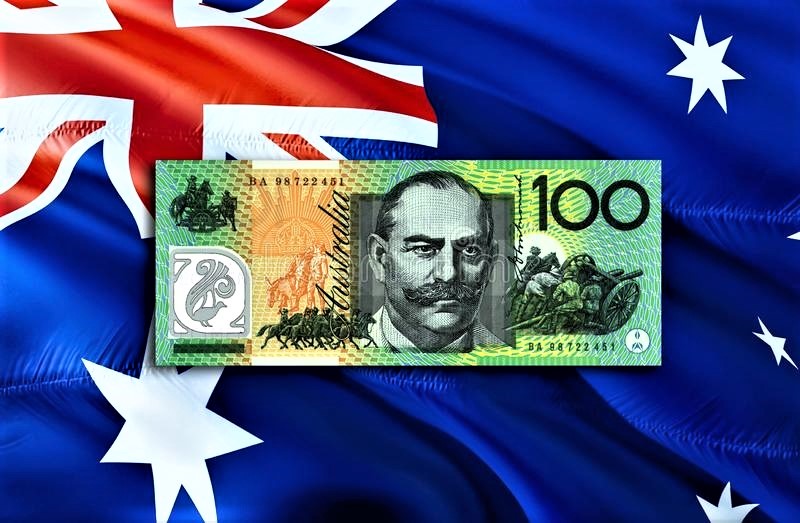Australian dollar strengthens as the Reserve Bank of Australia widely expected to maintain a hawkish policy outlook.
On Wednesday, the Australian Dollar (AUD) retraced its previous session’s losses versus the US Dollar. The Australian Dollar supported by the hawkish Reserve Bank of Australia (RBA) in terms of interest rate trajectory, as well as stimulus measures implemented by China, Australia’s main trading partner.
The AiG Industry Index fell 4.9 points to -18.6 in September, up from -23.5 the previous month.
The AiG Industry Index increased significantly in September, climbing 4.9 points to -18.6 from the previous reading of -23.5. indicates contraction for the 29th consecutive month. Meanwhile, the AiG Manufacturing PMI fell 2.8 points to -33.6 from -30.8 the previous month, marking the series’ lowest trend level since its inception.
The Australian Dollar (AUDUSD) pair’s potential could be limited as the US Dollar gains support from market caution amid escalating geopolitical concerns in the Middle East. Iran launched more than 200 ballistic missiles at Israel, prompting Prime Minister Benjamin Netanyahu to pledge revenge for the Tuesday strike.
Daily Market Movers: Australian Dollar Advances as Traders Expect RBA to Keep Policy Restrictive.
Australian Dollar (AUD) retraced its previous session’s losses versus the US Dollar. According to the CME FedWatch Tool, markets expect the Federal Reserve will lower interest rates by 25 basis points in November, with a probability of 63.1%.The likelihood of a 50-basis-point drop is 36.9%, down from 58.2% a week earlier.
The weaker-than-expected ISM Manufacturing PMI issued on Tuesday weighed on the US dollar. The index stood at 47.2 in September, mirroring the number from August but falling short of the market forecast of 47.5.
The Australian Bureau of Statistics (ABS) revealed on Tuesday that Retail Sales, the major indicator of Australian consumer spending, increased 0.7% month on month in August, above market estimates of a 0.4% gain.
Federal Reserve Chairman Jerome Powell stated that the central bank not in a hurry to cut its benchmark rate and will do so ‘over time.’
On Monday, Federal Reserve Chairman Jerome Powell stated that the central bank not in a hurry to cut its benchmark rate and will do so ‘over time.’ Powell emphasized that the recent half-point interest rate drop should not be interpret as an indicator of equally strong future steps, saying that future rate increases are likely to be relatively moderate.
China’s Caixin Manufacturing Purchasing Managers’ Index (PMI) dropped to 49.3 in September, suggesting contraction, from 50.4 in August. Meanwhile, China’s NBS Manufacturing PMI increased to 49.8 in September, up from 49.1 the previous month and higher than the market consensus of 49.5.
According to the Financial Times, St. Louis Federal Reserve President Alberto Musalem said on Friday that the Fed should start decreasing interest rates “gradually” after a larger-than-usual half-point cut at the September meeting. Musalem acknowledged the potential of the economy weakening more than expected, adding, “If that were the case, then a faster pace of rate reductions might be appropriate.”
On Friday, US Core Personal The Consumption Expenditures (PCE) Price Index climbed by 0.1% MoM in August, falling short of the predicted 0.2% increase and consistent with the Federal Reserve’s view that inflation is slowing in the US economy. This has reinforced the probability of the Fed engaging in an aggressive rate-cutting cycle.
https://voiceoftraders.com/analysis/eurusd-falls-as-eurozone-hicp-drops-us-dollar-recovers









